First Ride | The Rocky Mountain ‘Overland’ Sherpa in Test
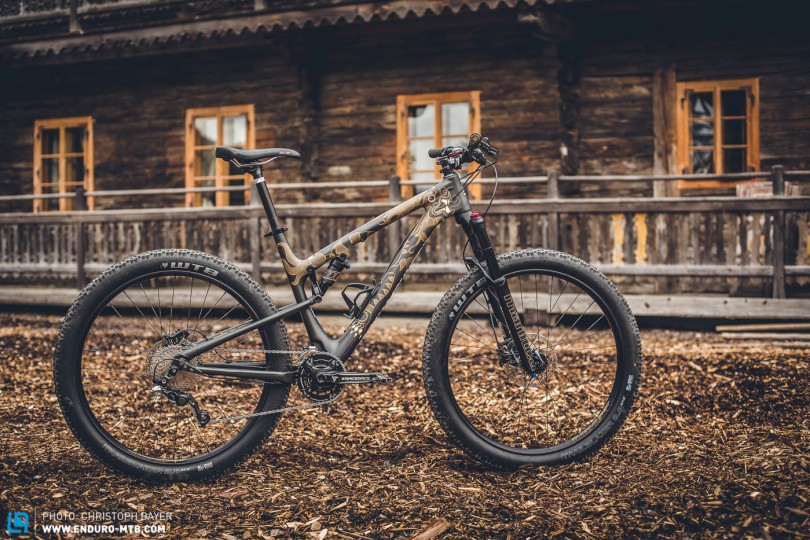
The true heroes of the mountains, the Sherpas are known for lugging the heaviest loads to the furthest-flung peaks, accompanying adventure-hungry tourists on their expeditions. And with the eponymous Sherpa model, Rocky Mountain want to recreate their lifestyles in bike form. Stable, balanced and yet still fun to ride despite the extra load.
Rocky Mountain presented their concept of the perfect ‘overland bike’ at last year’s Sea Otter festival in America. And exactly one year later, the same festival has just witnessed the public launch of the Sherpa. Just a few days later we had the exclusive opportunity for a spin on the Canadian’s new workhorse in Sexten, South Tyrol.
For the Sherpa, Rocky Mountain have created an entirely new category, defining it as an ‘overland’ bike
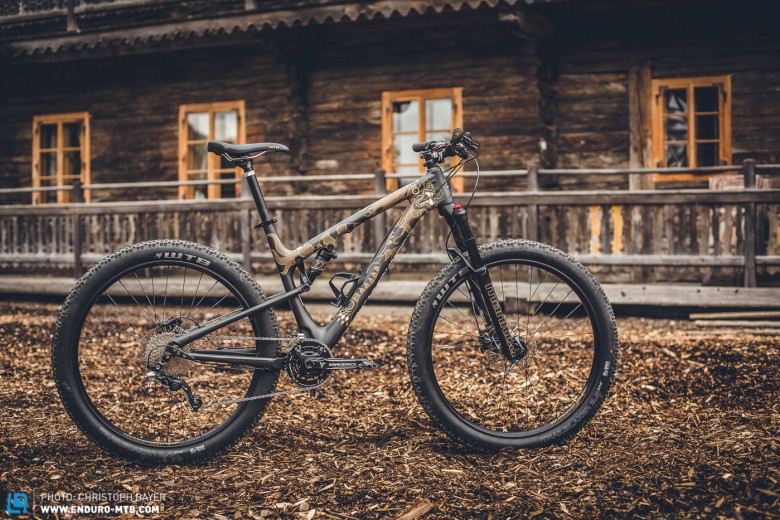
The Concept – “Overland bike”
Behind the Rocky Mountain Sherpa is the idea of a bike made for adventures, for those who fix the GPS and head off to discover new things, opting for a roll-mat under the stars rather than a stuffy hotel room. The requirements were clear then: stable, balanced and comfortable – but with the guarantee that fun comes along for the ride too.

Given the three objectives we named above, it is not surprising that Rocky Mountain went for the new wider 27.5+ wheel size. Thanks to the higher air volume, there’s not just increased grip and traction, but their roll-over characteristics are greatly enhanced, which in turn leads to a more comfortable ride and a greater sense of stability. The Canadians went for 2.8″ WTB wheels and even made room at the rear for wheels measuring up to 3.25″.
The Bike
Once the wheel size was determined, other challenges naturally arose. The main frame for the Sherpa comes from the already well-known 29er model, the Element. It has been combined with a new, wider rear end to ensure sufficient space for the bigger tyres. Surprisingly, Rocky Mountain steered clear from the recently launched Boost standard, simply because “if a defect does occur, it’s much easier to obtain replacement parts for the established 142x12mm standard.” To mount the derailleur the Canadians nudged the cranks and the chainline a few millimetres to the right with the help of a small spacer.
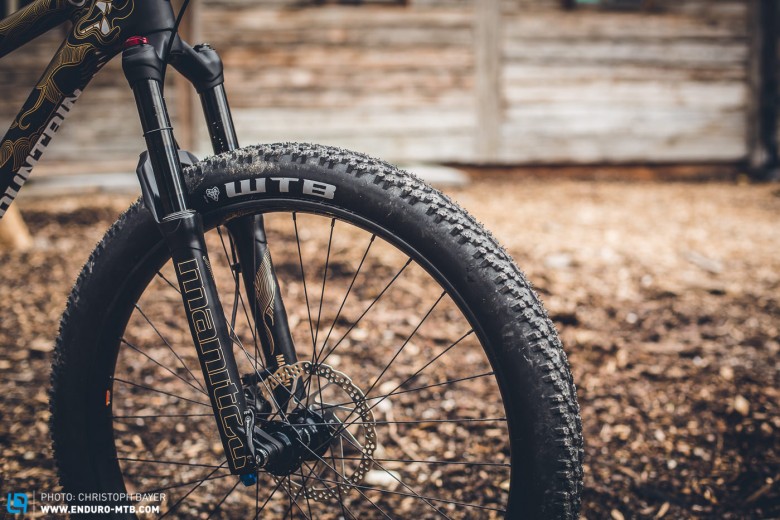

When it came to the suspension, Rocky Mountain wracked their brains, choosing Manitou Magnum forks with 120mm travel and the Manitou McLeod rear shock with 95mm. The suspension has all been designed to “react in tandem” with the plus-size tyres and the higher overall weight of any additional gear. They’ve got more compression damping and significant low speed pressure damping. Both elements run on super low air pressures, resulting in more sensitivity on small bumps and a lower likelihood for defective sealants on the suspension.
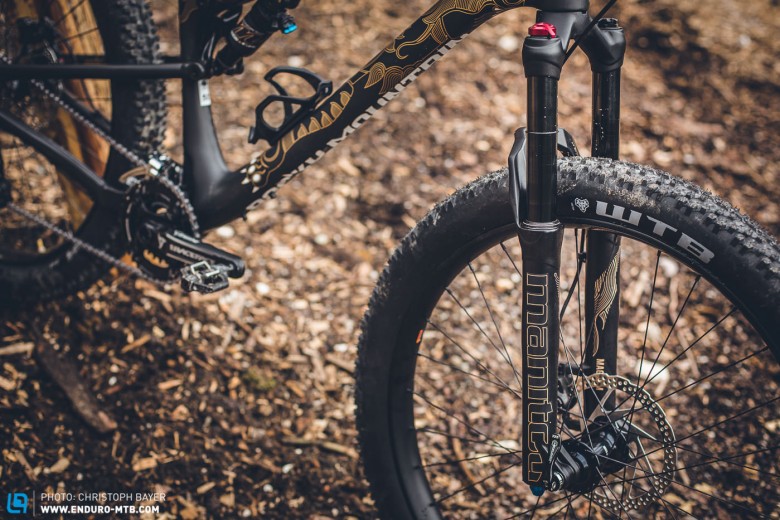
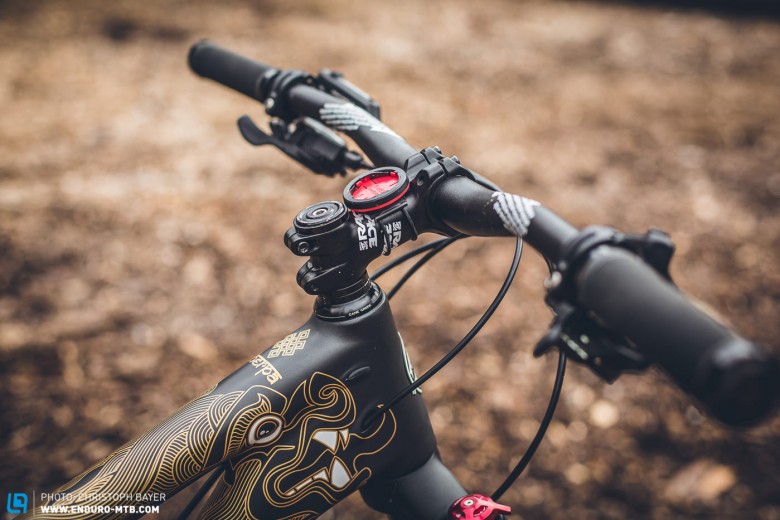
In fact, the whole of the Sherpa’s spec has long rides in mind: be it the ever-reliable 2×10 Shimano XT drivetrain or the equally dependable Shimano brakes – it’s all as well thought-out as the cockpit, which together with the long-stroke forks gives a really comfy saddle position, and avoids the overly bouncy nature that usually comes with bigger tyres.

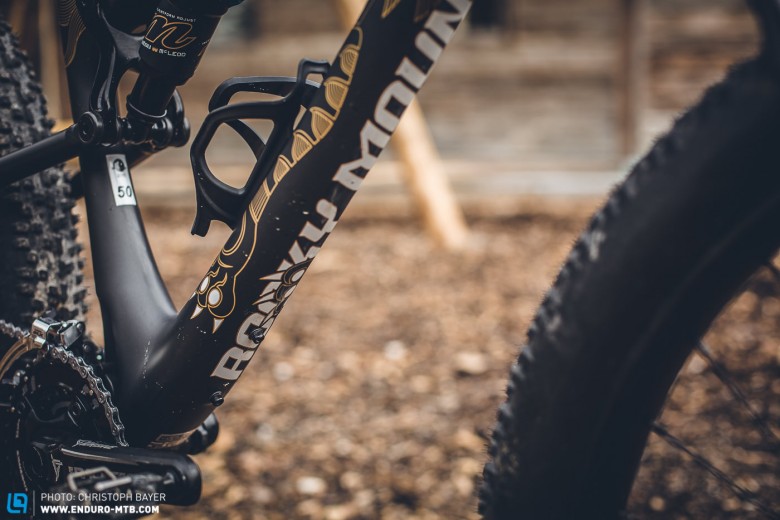
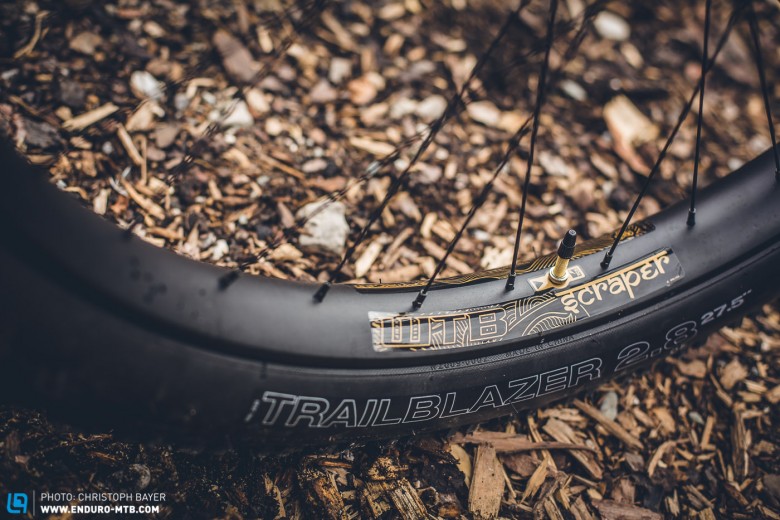
The Geometry
A quick glance at the stats for the Rocky Mountain Sherpa and one thing catches your eye: it’s damn short! The reach is just 416mm (size large) and the wheelbase is a mere 1133mm. Compared the Element, the head angle is one degree slacker (now 69°) to compensate for the higher forks, and this should make a more stable ride on rough terrain.
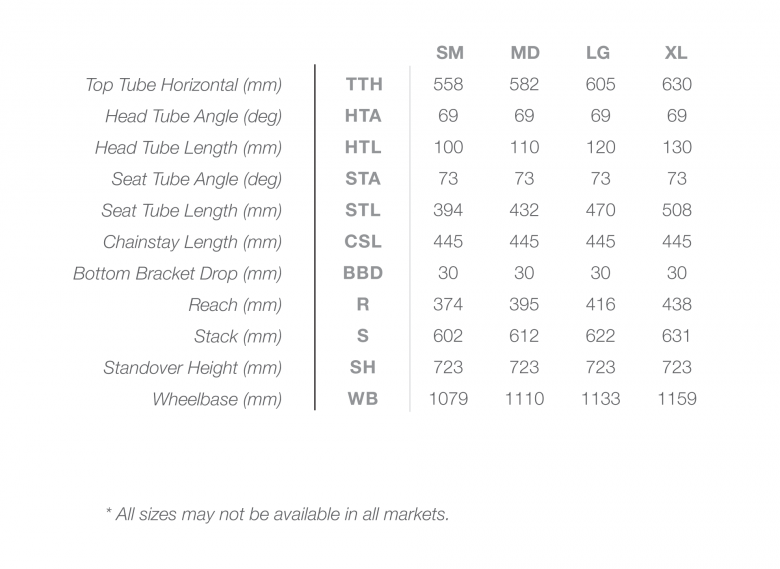
Riding: our first impressions
Despite willing it to be possible, we unfortunately didn’t have the option of testing the Sherpa laden down with luggage over the course of a few days, so our impressions are limited to those that we gained from several short – but very varied – test rides.
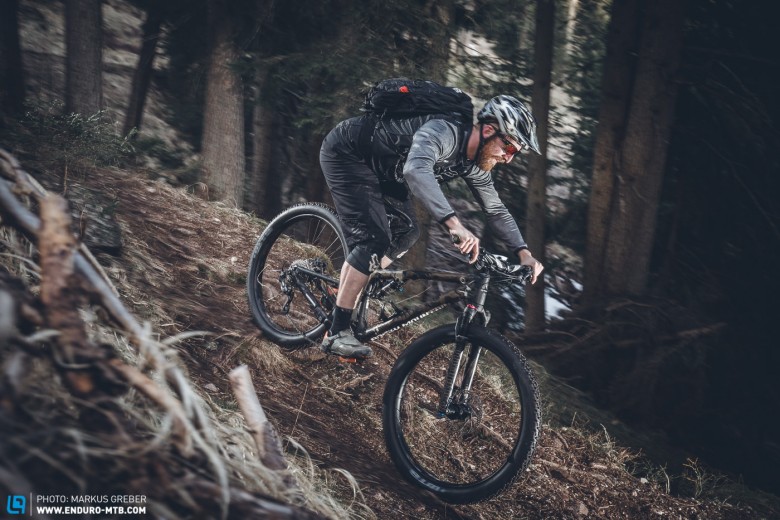
Above all, the Sherpa is a sure-fire comfortable ride! As soon as you clamber on, the compact and slightly upright position wins you over. Despite the 80mm stem, there’s no stretched-out feeling like on many XC bikes. We starting riding along a gently inclining fire road, and the 13.4kg bike showed its class. The plush Manitou forks and the big-volume tyres ironed out the uneven surface, and – should any vibrations career through the bike – then the soft Mushroom grips should generously absorb them. The first real test for the Sherpa came in the form of a streambed crossing and this is exactly where the plus-size tyres showed their benefits. Despite stones the size of our heads, the bike rolled majestically over all the obstacles in its way.

But it wasn’t just the roll-over characteristics that impressed us –the sheer mass of traction was astounding. Uphill or downhill, the low air pressure of 1.0bar at the front and 1.2bar at the rear ensured that every single bump was taken in their stride. Thanks to the compact geometry, the bike is an agile maneuverer despite what are essentially seemingly lumbering wheels. Similarly, the low tyre pressure does not negatively affect the handling in the slightest. If you’re desperate for some criticism then think high speeds – or its inability to gain them. Given the short wheelbase and limited rear travel, it reaches its limits pretty soon – but who’s planning on gritting their teeth for a sprint when you’re out for a long ride somewhere entirely new?
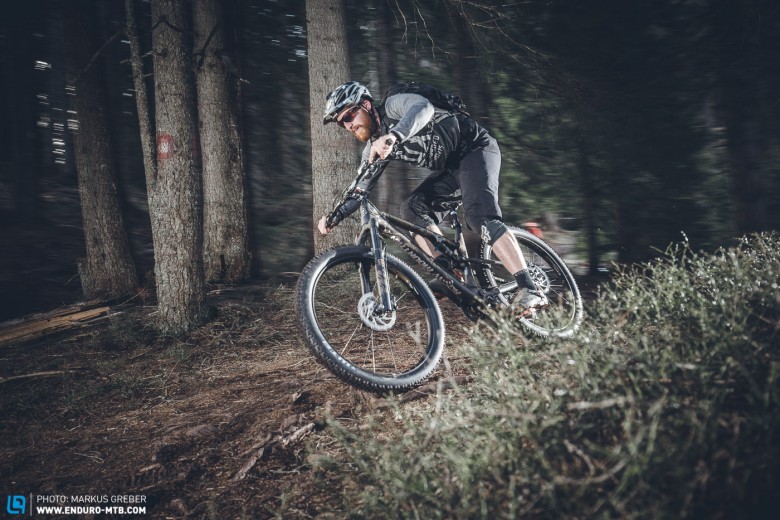
Conclusion
With such comfort and stability, the Rocky Mountain Sherpa more than convinced us of its prowess on our many short test rides. Unfortunately we can’t judge yet how it’ll fare when laden down with 20kg extra gear, but we’re very excited about Rocky Mountain’s execution of the ‘overland’ concept and the stunning construction of the frame. At 4,800 €, it’s certainly not cheap, but nor are mountainous excursions with genuine sherpas. After all, it’s not the value-for-money that counts, it’s those memories you’ll create – and they’re invaluable.
For more information visit: bikes.com
Photos: Christoph Bayer / Markus Greber | Words: Christoph Bayer
Did you enjoy this article? If so, we would be stoked if you decide to support us with a monthly contribution. By becoming a supporter of ENDURO, you will help secure a sustainable future for high-quality mountain bike journalism. Click here to learn more.








